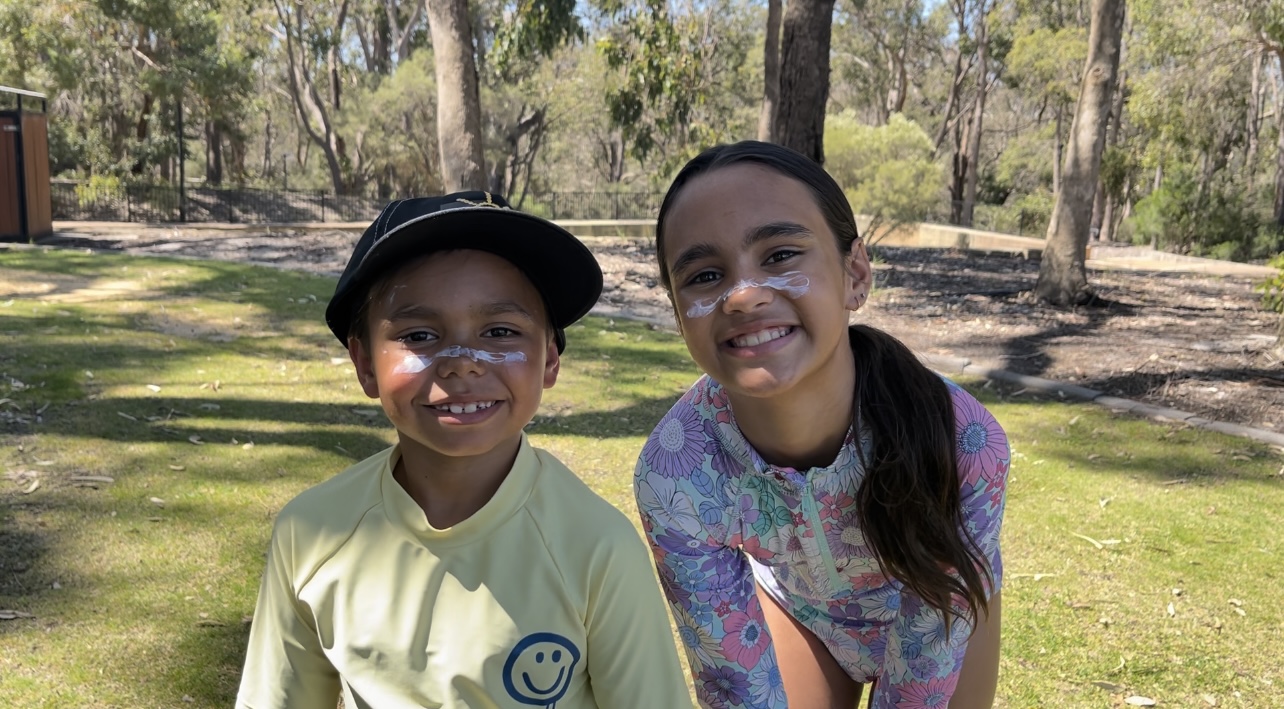Search
Showing results for "clinical trials"
Research
Assessing the burden of laboratory-confirmed respiratory syncytial virus infection in a population cohort of Australian children through record linkageRespiratory syncytial virus is pervasive across multiple severity levels and diagnoses. Vaccines targeting children <3 months must be prioritized
Research
Pneumococcal responses are similar in Papua New Guinean children aged 3-5 years vaccinated in infancy with pneumococcal polysaccharide vaccine with or without prior pneumococcal conjugate vaccine, or without pneumococcal vaccinationWe studied in a non-randomized follow-up trial the persistence of pneumococcal immunity in children, 3-5 years of age, in community controls of a similar age.
Research
Hospital admissions for skin infections among Western Australian children and adolescents from 1996 to 2012Skin infections are a significant cause of severe disease, requiring hospitalization in Western Australian children, particularly with Aboriginal children
Research
Sex-specific associations between umbilical cord blood testosterone levels and language delay in early childhoodPreliminary evidence suggests that prenatal testosterone exposure may be associated with language delay. However, no study has examined a large sample of...
Research
Targeting host-microbial interactions to develop otitis media therapiesOtitis media (OM; middle ear infection) is the most common reason for pre-school children to visit a doctor, be prescribed antimicrobials, or undergo surgery. Recent Cochrane reviews of clinical trials have identified that antibiotics and grommet surgery are only moderately effective in treating OM, with recurrent or persistent infection observed in one-third of children. Research efforts are focusing on developing improved therapies to treat OM and prevent disease recurrence.

News & Events
Major funding aims to improve skin cancer outcomes for young Aboriginal peopleVital research promoting sun smart choices and skin cancer prevention for young Aboriginal people is now underway at The Kids Research Institute Australia thanks to a $100,000 Perpetual 2024 IMPACT Philanthropy grant.
Research
Impetigo and scabies - Disease burden and modern treatment strategiesRecent data on the epidemiology of impetigo and scabies and describe the current evidence around approaches to individual and community based treatment
Research
Characterising the Early Presentation of Motor Difficulties in Autistic ChildrenThis study aimed to explore the rates of motor difficulties in children from the Australian Autism Biobank, and how early motor concerns impacted on children functionally.
Research
Modelling quality of life in children with intellectual disability using regression treesTo identify factors associated with quality of life (QoL) in children with intellectual disability. We aimed to identify patterns of association not observable in previous hypothesis-driven regression modelling using the same data set from a cross-sectional observational study.
Research
The effect of functioning on Quality of Life Inventory-Disability measured quality of life is not mediated or moderated by parental psychological distressThe measurement of quality of life (QOL) in children with intellectual disability often relies upon proxy report via caregivers. The current study investigated whether caregiver psychological distress mediates or moderates the effects of impairment on their ratings of QOL in children with intellectual disability.
